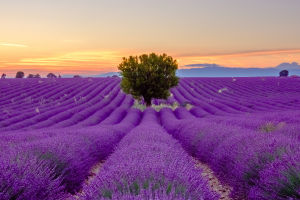Steeped in tradition and imbued with profound symbolism, the Japanese tea ceremony, known as "chanoyu" or "sado," is a cultural practice that transcends mere refreshment.
Rooted in Zen and deeply ingrained in Japanese society, the tea ceremony is a harmonious blend of aesthetics, spirituality, and mindfulness.
Let's embark on a journey to explore the rich tapestry of this ancient ritual.
Originating in Japan in the 9th century, the tea ceremony evolved from Chinese tea traditions brought over by monks. However, it was during the 15th and 16th centuries, notably under the influence of tea master Sen no Rikyū, that the ceremony took its distinctive form. Rikyū emphasized simplicity, humility, and tranquility, principles that remain central to the practice today.
At its core, the tea ceremony is not merely about brewing and consuming tea; it is a choreographed performance, a spiritual experience, and a social ritual rolled into one. The setting, known as the "chashitsu" or tea room, is meticulously designed to foster intimacy and mindfulness. Every element, from the architecture to the utensils, is chosen with care to evoke a sense of harmony and balance.
Central to the ceremony is the preparation and serving of matcha, a finely ground powder made from specially grown and processed green tea leaves. The preparation of matcha is a ritualistic process, with each movement executed with precision and grace. The host, or "chajin," performs a series of prescribed gestures, from cleansing the utensils to whisking the tea into a frothy brew.
Symbolism infuses every aspect of the ceremony, from the choice of utensils to the arrangement of the tea room. The humble tea bowl, for example, represents simplicity and humility, while the bamboo whisk symbolizes purity and refinement. Even the act of entering the tea room is laden with significance, requiring guests to symbolically leave behind the cares of the outside world.
The tea ceremony is not merely a sensory experience but also a philosophical one, rooted in the principles of Zen. It encourages participants to cultivate mindfulness, appreciation of the present moment, and a sense of interconnectedness with others. Through the shared act of drinking tea, participants forge bonds of friendship and mutual respect.
Moreover, the tea ceremony serves as a platform for the expression of Japanese aesthetics, known as "wabi-sabi." Wabi-sabi celebrates imperfection, impermanence, and the beauty of simplicity. In the tea room, this aesthetic is manifested in the rustic simplicity of the utensils, the asymmetry of the arrangements, and the emphasis on natural materials.
In addition to its spiritual and aesthetic dimensions, the tea ceremony also plays a social role in Japanese culture. It provides a forum for social interaction where guests can engage in meaningful conversation, exchange ideas, and deepen their relationships. In a society often characterized by formality and hierarchy, the tea ceremony offers a space of egalitarianism and intimacy.
Participating in a tea ceremony requires not only a mastery of the physical gestures but also an understanding of the underlying philosophy and aesthetics. It is a lifelong journey of learning and self-discovery, with each ceremony offering new insights and revelations.
In modern Japan, the tea ceremony continues to thrive, albeit in a variety of forms. While traditional tea masters uphold the centuries-old rituals, there is also a growing interest in more contemporary interpretations of the practice. Tea gatherings may take place in traditional tearooms, private homes, or even outdoor settings, reflecting the evolving nature of Japanese society.


